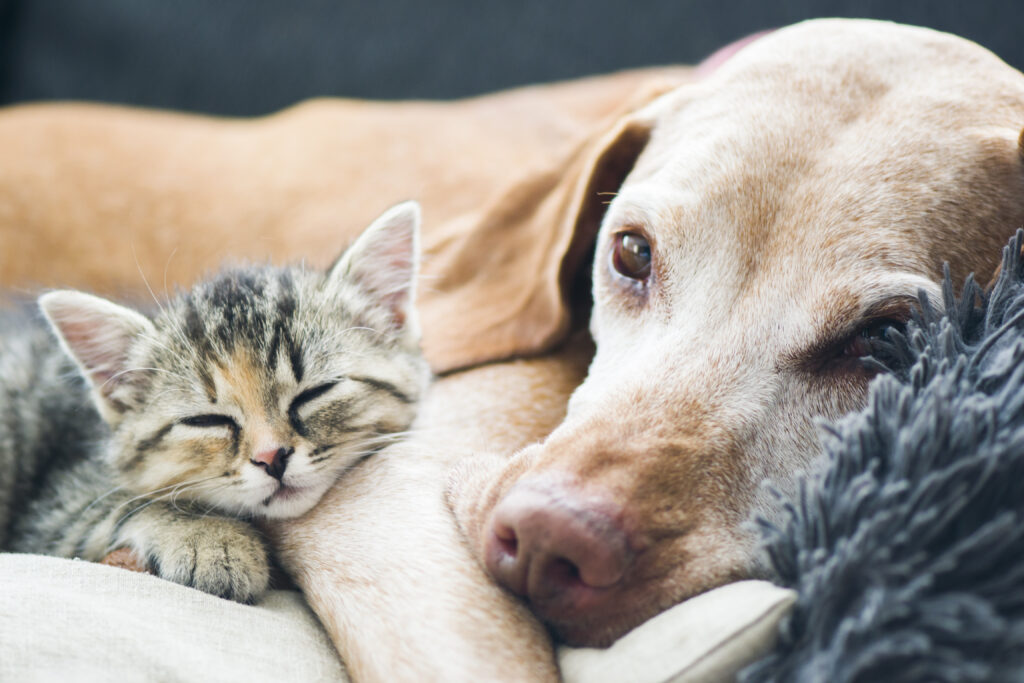Keeping Pets Safe, Too

Keeping Pets Safe, Too
By: Josephine Harriman, LSW, DV-CPS Liaison and Advocate
Any devoted pet owner will tell you pets are a part of the family. And as such, how pets are treated in a home can give us insight into how the other family members are treated as well.
Years of studies have shown that there is a significant link between domestic violence and animal abuse (National Link Coalition). As a result, domestic violence agencies and animal welfare advocates have started collaborating to provide help and safety to victims of abuse and their beloved pets as well.
Domestic violence advocates have long heard from survivors that their abusers would threaten, harm, or even kill their pets. The threat of pet abuse can be a reason victims are afraid to leave an abusive partner, or a reason they feel they must return. According to a 2007 study by Frank Ascione, nearly half of all domestic violence victims reported that they have stayed in abusive relationships or delayed leaving their abusive partner for fear of their animal being harmed in some way.
Like many other forms of power and control, abusers target pets in order to instill fear and gain compliance. Pet abuse is an especially cruel tactic in that it creates yet another barrier to escape for the adult victim, it influences and harms the children who witness it, and it causes an innocent creature to suffer.
In addition to the harm caused to the survivor and their pet, if there are children in the home the damage goes even further. A recent study found that 76% of reported animal abuse incidents occurred in front of children. Not only is this a traumatic experience that causes fear, but it can also put children at risk for perpetuating a troubling cycle. According to a 2006 study by Cheryl Currie, exposure to domestic violence is one of the leading risk factors in children who commit cruelty to animals.
Just like the humans they depend on, animals experience emotions including fear, joy and despair. A recent study in Nature showed that they form attachments to their humans and each other and are impacted by an unsafe and fear-filled home. For the sake of the animals and the families who love them, it’s important to offer victims of domestic abuse safety planning and resources that include their pets.
Domestic violence agencies and animal welfare advocates are collaborating more closely to address the intersection of domestic abuse and animal maltreatment, including at New Hope Midcoast where animal safety is incorporated in all aspects of support. We know that many consider pets to be part of the family and that the solace and connection pets provide help counter isolation, a tactic abusers frequently employ. Our advocates have long heard from survivors that their abusers would harm or kill their pets. We’ve seen abusers make it difficult for victims to take care of their pets by denying access to transportation for vet appointments or access to finances to buy basics like pet food.
At New Hope Midcoast, we help survivors add their pets to protection from abuse orders, coordinate with local animal shelters to board pets while their human relocates to safety, and connect to community resources so they can rebuild safe and self-sufficient lives that include their pets.
We are also expanding our Pet Program, increasing community education opportunities, and collaborating with local animal welfare allies as we continue our mission to help all members of our community live a life free from abuse.
